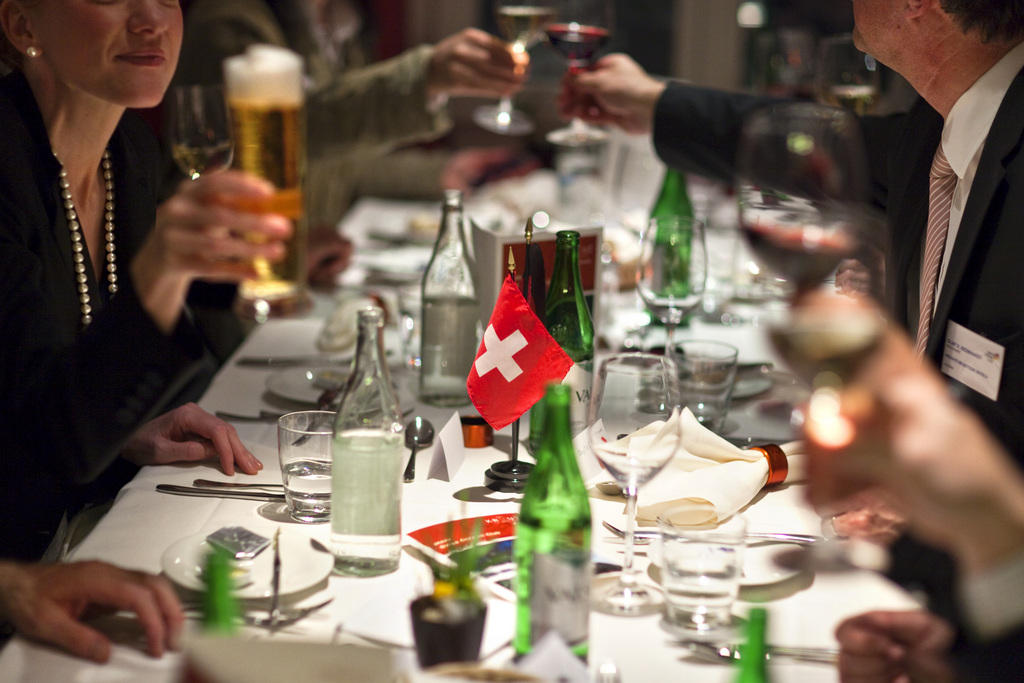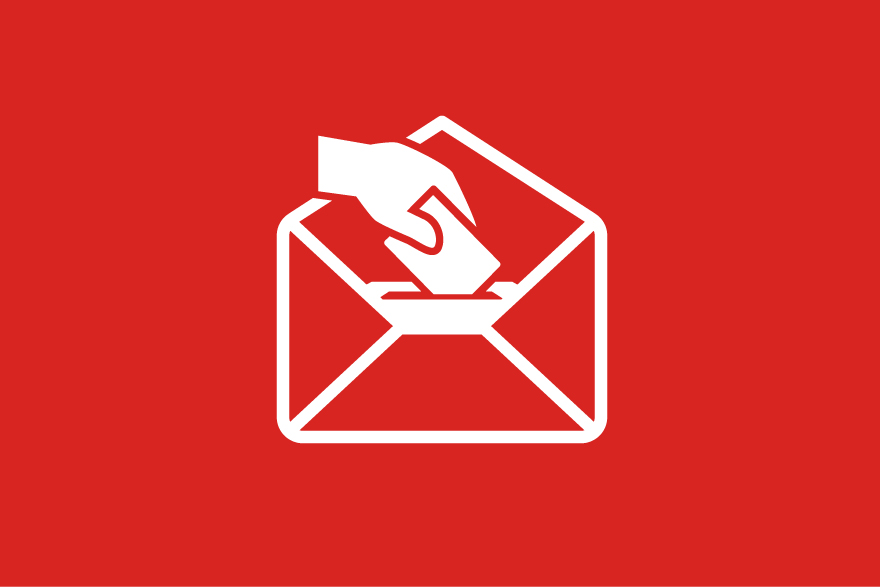
‘Drug atlas’ shows hotspots of addiction in Switzerland

An overview of patient statistics from 2016 shines new light on the dependency of Swiss on legal and illegal drugs – and pinpoints in which regions most damage is being done.
The study, carried out by the Swiss Health Observatory (Obsan) and reported on Sunday in the Le Matin Dimanche newspaper, analysed some 75,000 patient records from 2016 to see how many hospitalisations were directly or indirectly related to intoxication.
The findings were stark: over 46,000 “secondary diagnostics” (i.e. if a woman fell off a ladder and hit her head, the primary diagnostic would be “cerebral commotion”) relating to alcohol consumption, 16,000 to tobacco, and 12,000 to sedatives and sleeping pills.
A further 8,500 were related to painkillers; 7,000 to cannabis; and 5,000 to cocaine.
Overall, the Swiss average for hospitalisations relating to intoxication in 2016 came to 8.9 per 1,000 inhabitants.
According to Thilo Beck, however, chief psychologist at the Arud alcoholism clinic (Zurich) interviewed by the newspaper, the common patient is not the out-of-control addict, but rather someone who has (for example) consumed alcohol daily for years – perhaps decades – but who only realises the extent of the problem when he or she is treated for another issue.
Out of sight, out of mind?
The results also show large disparities across Switzerland. The canton of Basel City appears as most affected by far, with an average of 17 hospitalisations per 1,000 people – more than four times as many as the staid cantons of Zug, Appenzell Inner Rhoden, or Nidwalden.
Basel City put its high score down to differences in how regions collect and file such data.
Southwestern cantons such as Jura, Geneva, Vaud, and Valais are also mostly above the national average, something which, according to Le Matin Dimanche, suggests that the French-speakers “simply drink more alcohol and take more drugs than the rest of the Swiss”.
However, here again, explanatory factors enter the fray: in the case of Valais, for example, the heart of Switzerland’s wine industry and third in the Obsan ranking, the high level of alcohol consumption could simply be due to “proximity to the vines”, the paper suggests.

More
Swiss experts recommend lower alcohol intake

In compliance with the JTI standards
More: SWI swissinfo.ch certified by the Journalism Trust Initiative































You can find an overview of ongoing debates with our journalists here . Please join us!
If you want to start a conversation about a topic raised in this article or want to report factual errors, email us at english@swissinfo.ch.